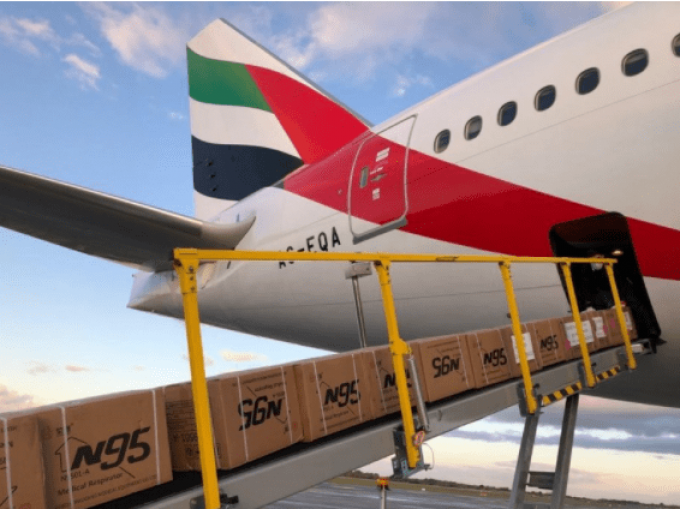European freighters set for summer ecommerce chase in Hong Kong
Hong Kong is set to become a popular destination for European freighter operators in the ...

Air freight rates have started to fall, triggering a debate on how long the ‘new’ capacity might stay in the market.
According to the latest TAC Index data, rates per kg from China to the US are down some 5%, to $5.09 all in, while to Europe they have edged down to $4.06 – despite fuel prices creeping up.
They still, however, remain ‘elevated’, with ‘normal’ February rates traditionally below $4 to the US and $3 to Europe.
As Emirates celebrated one year ...
'Disastrous' DSV-Schenker merger would 'disrupt European haulage market'
New senior management for DSV as it readies for DB Schenker takeover
Volumes set to 'fall off a cliff' as US firms hit the brakes on sourcing and bookings
Amazon pushes into LTL for small package fulfilment and UPS does a u-turn
Asian exporters scramble for ships and boxes to beat 90-day tariff pause
Temporary tariff relief brings on early transpacific peak season
'Tariff madness' will prompt renegotiation of ocean shipping contracts
Pre-tariff rush of goods from US to China sees air rates soar, but not for long

Comment on this article
Steve Manser
March 16, 2021 at 9:53 pmNot sure where people are seeing air cargo rates reducing – availability is at a premium and pricing increasing on a daily basis.
Both scheduled and Charter capacity is scarce ex Asia to both Europe and the US, so the requirement for passenger freighters will remain around for quite a while yet.
Major freight forwarders are scrambling to lock in long term charter capacity through to this time next year to ensure they can meet their customers demands/requirements.